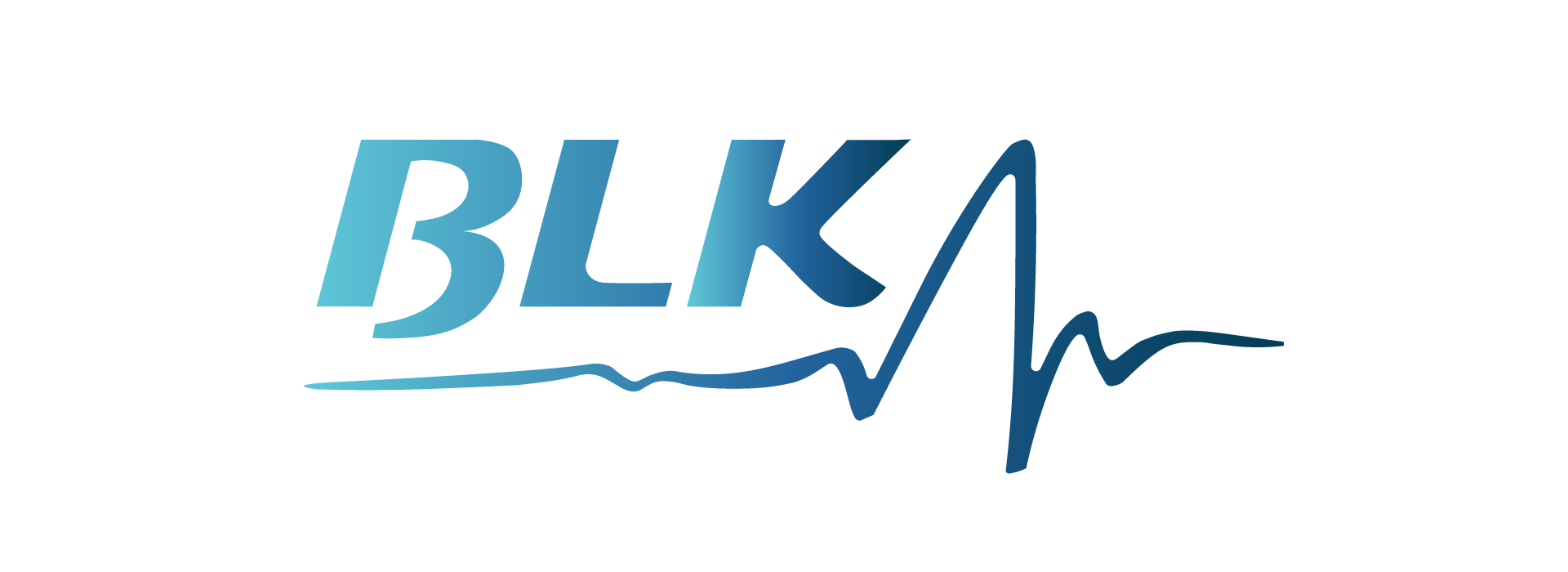Compliance in medical insurance administration is a critical component of the healthcare system, ensuring that all operations adhere to established laws, regulations, and ethical standards.
It’s not just about avoiding legal repercussions but also about protecting patient information, preventing fraud, and maintaining the trust of the public.
Understanding Compliance in Medical Insurance
Compliance, in the context of medical insurance, refers to adhering to a set of standards and regulations designed to ensure fair, transparent, and ethical practices in the administration of insurance policies. Key regulatory bodies such as the Health Insurance Portability and Accountability Act (HIPAA), the Centers for Medicare & Medicaid Services (CMS), and the Office of Inspector General (OIG) play pivotal roles in setting these standards.
Compliance requirements include safeguarding patient data, accurately processing claims, preventing fraud, and ensuring that all practices meet federal and state regulations. These requirements are essential to uphold the integrity of the healthcare system.
The Role of Compliance in Protecting Patients
One of the primary goals of compliance is to protect patients. Ensuring patient confidentiality is paramount, particularly in an age where data breaches are increasingly common. Compliance measures help prevent fraud and abuse, which can have severe financial and emotional impacts on patients.
Moreover, a robust compliance framework enhances trust in the healthcare system, assuring patients that their information and well-being are protected.
Regulatory Bodies and Their Impact
Key regulatory bodies such as HIPAA, CMS, and the OIG are instrumental in shaping the compliance landscape. HIPAA, for instance, sets the standards for protecting sensitive patient data, while CMS oversees Medicare and Medicaid services, ensuring they are administered properly.
The OIG works to combat healthcare fraud and abuse. These bodies not only establish rules but also enforce them, significantly impacting how medical insurance administration is conducted.
Compliance and Legal Implications
Non-compliance with regulatory standards can lead to severe legal consequences, including hefty fines, legal action, and damage to an organization’s reputation. For example, a healthcare provider found guilty of violating HIPAA regulations can face penalties ranging from thousands to millions of dollars, depending on the severity and frequency of the violations.
Avoiding these legal pitfalls requires a proactive approach to compliance, including regular audits and updates to policies and procedures.
Best Practices for Maintaining Compliance
Maintaining compliance is an ongoing process that involves several best practices. Regular training and education for all staff members ensure that everyone is aware of the latest regulations and how to comply with them.
Implementing robust policies and procedures provides a clear framework for operations, while continuous monitoring and auditing help identify and rectify any compliance issues promptly.
Technological Solutions for Compliance
Technology plays a crucial role in ensuring compliance. Compliance management systems can automate many compliance tasks, reducing the risk of human error and increasing efficiency.
For example, electronic health record (EHR) systems can securely store patient data and provide easy access for authorized personnel, ensuring compliance with data protection regulations. Automation also helps in maintaining up-to-date records and generating compliance reports effortlessly.
Compliance Challenges in Medical Insurance Administration
Despite the best efforts, compliance in medical insurance administration can be challenging. Common challenges include keeping up with changing regulations, managing large volumes of data, and ensuring all employees are adequately trained.
Strategies to overcome these challenges include investing in continuous education, utilizing advanced compliance technologies, and fostering a culture of compliance within the organization.
The Financial Impact of Compliance
The financial implications of compliance are significant. While maintaining compliance can be costly, the cost of non-compliance can be even higher. Fines, legal fees, and reputational damage can far outweigh the expenses associated with compliance efforts.
On the flip side, organizations that prioritize compliance often see long-term financial benefits, including reduced risk of penalties and increased trust from patients and stakeholders.
The Human Factor in Compliance
While technology is essential, the human factor remains crucial in compliance. Promoting a culture of compliance starts with leadership. When leaders prioritize compliance, it sets the tone for the entire organization.
Employee engagement is also vital; when employees understand the importance of compliance and feel empowered to uphold it, the organization is more likely to maintain high standards.
Compliance and Customer Satisfaction
Compliance is not just about following rules; it also enhances customer satisfaction. When patients know that their data is protected and that the insurance processes are transparent and fair, their trust in the system increases.
Positive customer outcomes, such as timely and accurate claims processing, are direct results of a strong compliance framework.
Compliance in a Global Context
For organizations operating internationally, managing compliance can be even more complex due to varying regulations across countries. Understanding these differences and developing a comprehensive compliance strategy that addresses international standards is crucial.
Developing a Compliance Program
Developing an effective compliance program involves several steps. First, conduct a thorough risk assessment to identify potential compliance issues. Next, create detailed policies and procedures that address these risks. Regular training and education, along with continuous monitoring and auditing, are essential components.
Measuring the success of a compliance program involves tracking key performance indicators (KPIs) such as the number of compliance incidents and the results of internal audits.
In conclusion, compliance in medical insurance administration is vital for protecting patients, avoiding legal issues, and maintaining the trust of the public. While it can be challenging, implementing best practices and leveraging technology can make the process more manageable. As the regulatory landscape continues to evolve, staying informed and proactive will be key to ensuring ongoing compliance.
FAQs
What are the key compliance requirements in medical insurance?
Key compliance requirements include protecting patient data, accurately processing claims, preventing fraud, and adhering to federal and state regulations.
What are the consequences of non-compliance in medical insurance administration?
Consequences include hefty fines, legal action, and damage to an organization’s reputation, which can be financially and operationally devastating.
How do regulatory bodies impact compliance?
Regulatory bodies establish and enforce standards and regulations, significantly impacting how medical insurance administration is conducted to ensure fair and ethical practices.




